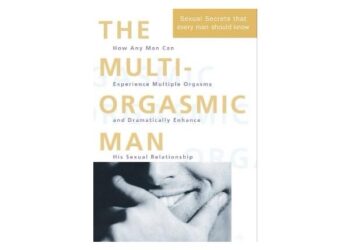Have you ever tried to read a book or a sign in your dream, only to find the words nonsensical or ever-changing? This peculiar phenomenon has intrigued psychologists, neuroscientists, and dream enthusiasts alike. Understanding why we can’t read in dreams requires diving deep into the intricate workings of the human brain, both while awake and during sleep.
The Nature of Dreams
Dreams are a complex and fascinating aspect of human cognition. During sleep, especially in the REM (Rapid Eye Movement) stage, our brains become highly active, creating vivid and often surreal experiences. These dream states are the brain’s way of processing emotions, memories, and subconscious thoughts. However, despite this high activity, certain cognitive functions, such as reading, become impaired or completely nonfunctional.
Psychological Explanation
Psychologically, dreams are considered a playground for the subconscious mind. Freud suggested that dreams are the “royal road to the unconscious,” where repressed desires and unresolved conflicts come to the forefront. However, the act of reading requires a high level of cognitive function, particularly involving the visual cortex and language-processing areas of the brain, which are not fully operational in the dream state.
In our waking life, reading is a complex task that involves several brain regions working in harmony. The primary visual cortex processes the shapes and patterns of letters, while the fusiform gyrus (specifically the Visual Word Form Area) recognizes these as words. Then, the Wernicke’s area, responsible for language comprehension, and Broca’s area, involved in speech production, decode and understand the text.
In dreams, although the brain can simulate detailed environments and scenarios, the precise and coordinated activity required for reading is disrupted. The subconscious mind focuses more on symbolic and emotional content rather than detailed logical processes, making coherent reading nearly impossible.
Scientific Explanation
The scientific basis for why we can’t read in dreams lies in the unique nature of brain activity during sleep. During REM sleep, the prefrontal cortex, which is crucial for rational thinking and decision-making, is significantly less active. This underactivity affects our ability to perform tasks that require logical thinking and consistency, such as reading.
Moreover, the brain’s visual processing centers do not function in the same way during dreams as they do when awake. The occipital lobe, responsible for visual interpretation, receives no direct input from the eyes since they are closed. Instead, it relies on internally generated images. These images can be vivid and dynamic but lack the stability needed for reading.
Studies using functional MRI (fMRI) have shown that during REM sleep, there is a decrease in activity in the primary visual cortex and an increase in activity in areas associated with emotional processing, such as the amygdala. This shift in brain activity explains why dreams are often emotionally charged and visually rich but lack the structure needed for reading.
Cognitive Impairments in Dreams
Another factor contributing to the inability to read in dreams is the general cognitive impairments present during sleep. Lucid dreaming, where the dreamer becomes aware they are dreaming, can sometimes allow for higher cognitive functions to become accessible. Even in lucid dreams, however, reading remains a challenge. This is because the coherence required to string together words and sentences is often disrupted.
Research has shown that when individuals attempt to read in dreams, they often report that the text is blurry, changes unexpectedly, or is simply unintelligible. This phenomenon can be attributed to the brain’s inability to maintain the stability and focus required for reading. The transitory nature of dream imagery and the fluctuating neural activity further complicate the ability to process written language.
Conclusion
The inability to read in dreams is a fascinating intersection of psychology and neuroscience. It highlights the differences in brain function between the waking state and the dream state. While dreams provide a window into our subconscious and a playground for emotional processing, the precise and coordinated cognitive processes required for reading remain out of reach. This limitation underscores the complexity of the human brain and the distinct ways it operates during different states of consciousness. As we continue to explore the mysteries of sleep and dreams, we gain deeper insights into the intricate workings of our minds.
















